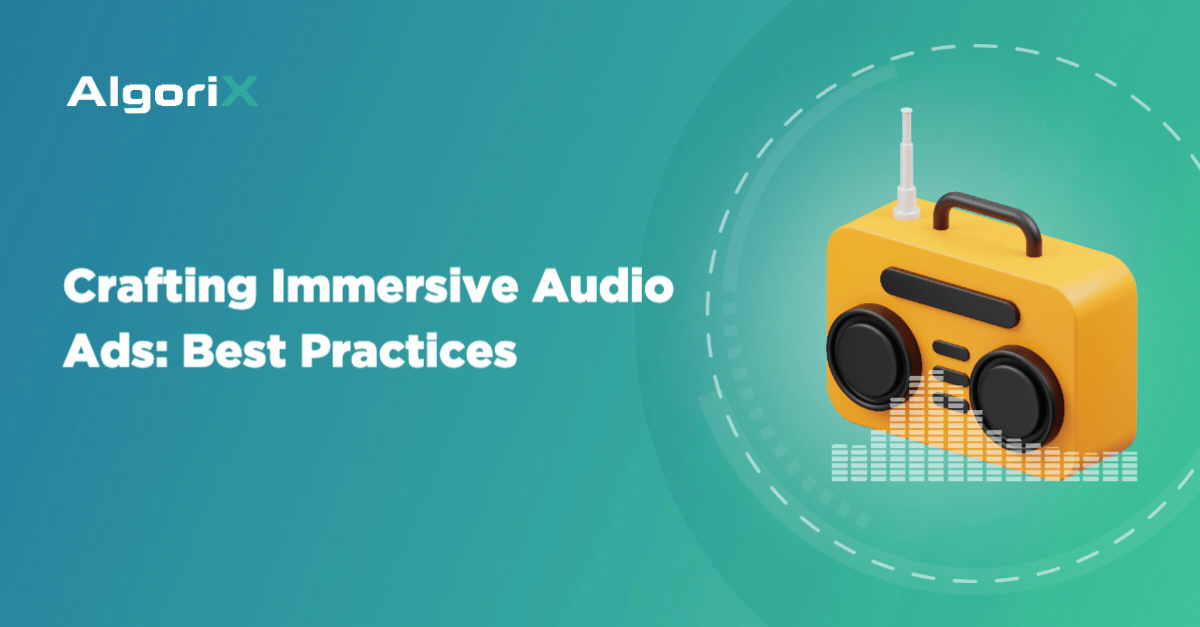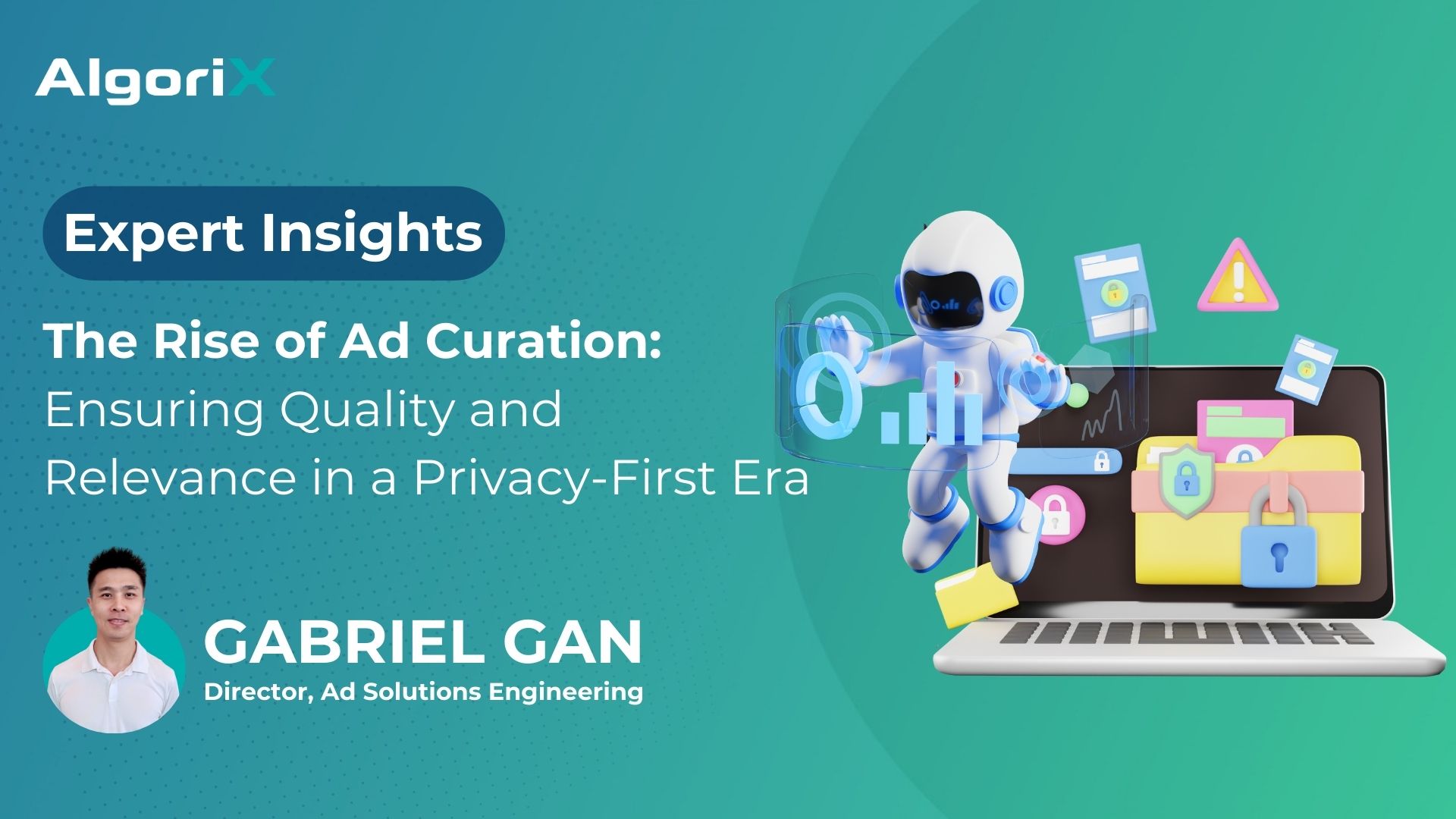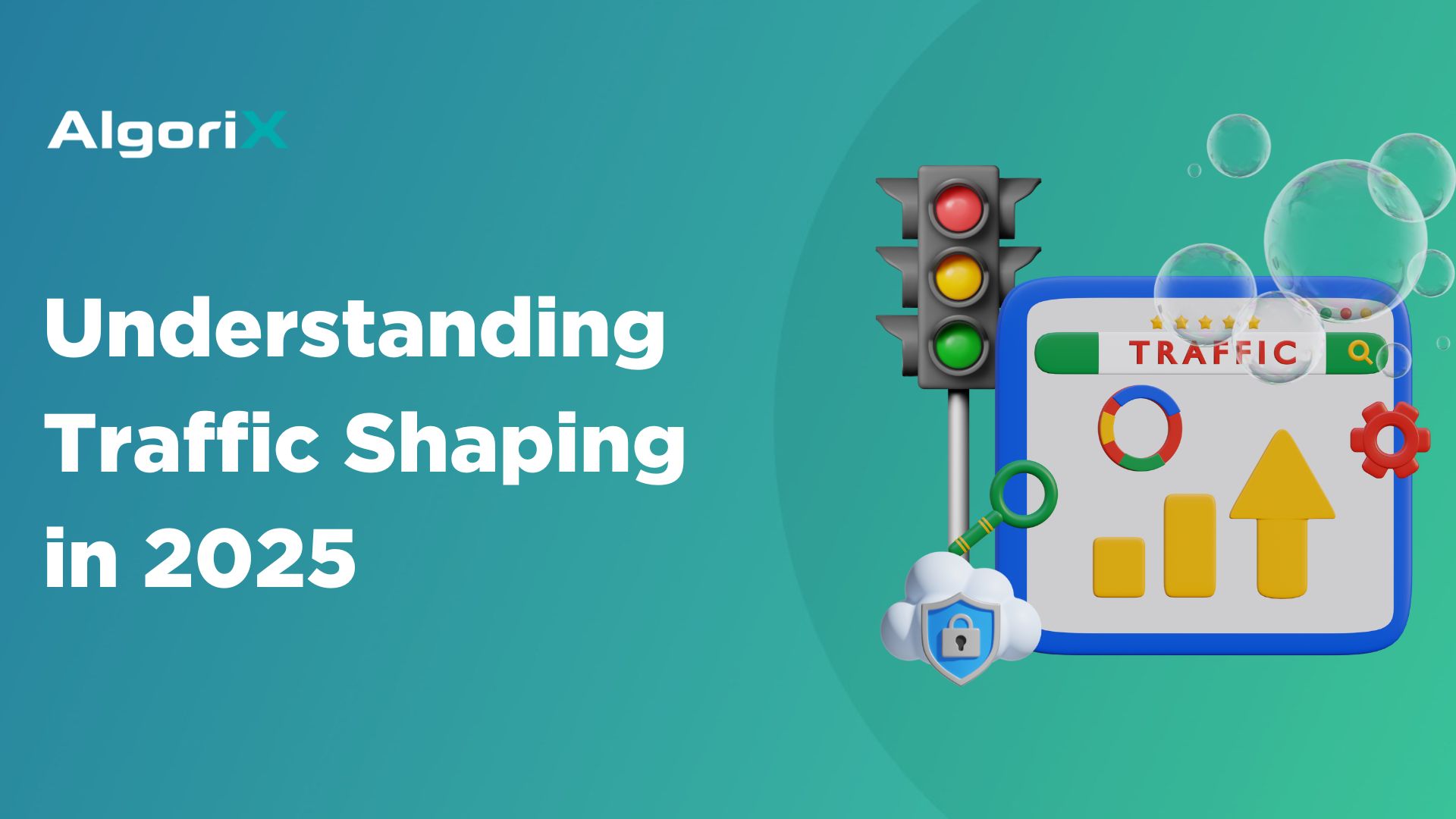Audio advertising has emerged as a powerful tool in the digital advertising arsenal, offering a unique way to engage users through sound. Understanding the user experience is crucial for creating seamless audio ad experiences. Listeners are often engaged in activities such as driving, working out, or cooking, making the audio medium a distinctive environment for advertising. It’s essential to consider how and when ads are delivered to ensure they complement rather than disrupt the user experience.
Best Practices for Creating Seamless Audio Ad Experiences
To achieve a seamless audio ad experience, it’s essential to focus on key elements such as timing and placement, which can greatly impact how listeners engage with the content.
Timing and Placement
The timing and placement of audio ads are critical. Ads should be strategically placed to fit naturally within the content, avoiding disruption. Mid-roll ads, for instance, can be highly effective in podcasts as they are embedded within the content flow. It’s also essential to consider the listener’s journey and choose moments where engagement is highest.
Personalization and Relevance
Personalization can significantly enhance the effectiveness of audio ads. By leveraging user data, advertisers can create personalized messages that resonate with individual listeners. Relevant ads are more likely to be welcomed by the audience, leading to higher engagement rates. Personalized ads can mention the listener’s location, interests, or even the specific content they are consuming.
Creative and Production Quality
High-quality production and creative content are vital in audio advertising. The ad should be clear, engaging, and professionally produced. Investing in good voice talent, sound effects, and music can make a significant difference. The message should be concise and memorable, avoiding overly complex information that can be hard to follow in an audio format.
Dynamic Ad Insertion (DAI)
Dynamic Ad Insertion (DAI) is a technology that allows ads to be inserted into audio content in real time. This enables advertisers to update and target ads more effectively. DAI ensures that the ads are relevant to the time and context in which they are heard, enhancing the user experience. It also allows for better measurement and optimization of ad performance. Here’s how DAI benefits advertisers and listeners alike:
- Maximized Audience Reach: DAI allows ads to reach both new and existing listeners across episodes, depending on the publisher and ad server setup.
- Enhanced Flexibility: Ads are seamlessly integrated into pre-defined slots, ensuring smooth transitions and reducing listener disruption.
- Improved Listener Experience: Dynamically inserted ads prevent redundancy, keeping content fresh and engaging for the audience.
- Real-Time Control and Optimization: Advertisers can manage budgets and creative assets in real-time, adjusting campaigns based on performance for better ROI.
Contextual Targeting
Contextual targeting involves delivering ads that are relevant to the content being consumed. By analyzing the context of the audio content, advertisers can match ads to the themes and topics of the content. This relevance makes ads feel more natural and less intrusive, increasing their effectiveness.
Adaptive Volume Control
Adaptive volume control is an important technique to ensure that ads are not jarringly louder or quieter than the content around them. Maintaining consistent audio levels helps in providing a smooth listening experience and avoids annoying the listener with sudden volume changes.
Leveraging Technology for Better User Experience
By integrating advanced tools, advertisers can optimize their strategies for better listener engagement.
AI and Machine Learning
AI and machine learning are revolutionizing audio advertising. These technologies can analyze vast amounts of data to optimize ad placement, timing, and content personalization. AI can help predict the best moments to serve ads and tailor them to individual listener preferences, enhancing engagement and effectiveness.
Real-Time Analytics
Real-time analytics provide immediate feedback on the performance of audio ads. Advertisers can monitor how ads are performing and make necessary adjustments on the fly. This agility allows for continuous improvement of ad campaigns, ensuring they remain effective and relevant.
Conclusion
Creating seamless audio ad experiences requires a deep understanding of the user experience and the strategic application of best practices and technologies. By focusing on timing, personalization, production quality, and leveraging advanced technologies, advertisers can create engaging and effective audio ads.
As audio ads continue to evolve, the future holds exciting potential. Fredric Liow, Chief Revenue and Operations Officer of AlgoriX, predicts that in 2024, there will be greater efforts to craft audio ads that blend more seamlessly with various forms of content, enhancing rather than disrupting the user experience. Better use of audience data for precise targeting will allow for more engaging and relevant ads, capturing listeners at the optimal moment.
For further insights and the latest industry trends, visit AlgoriX’s industry blogs and resources.













